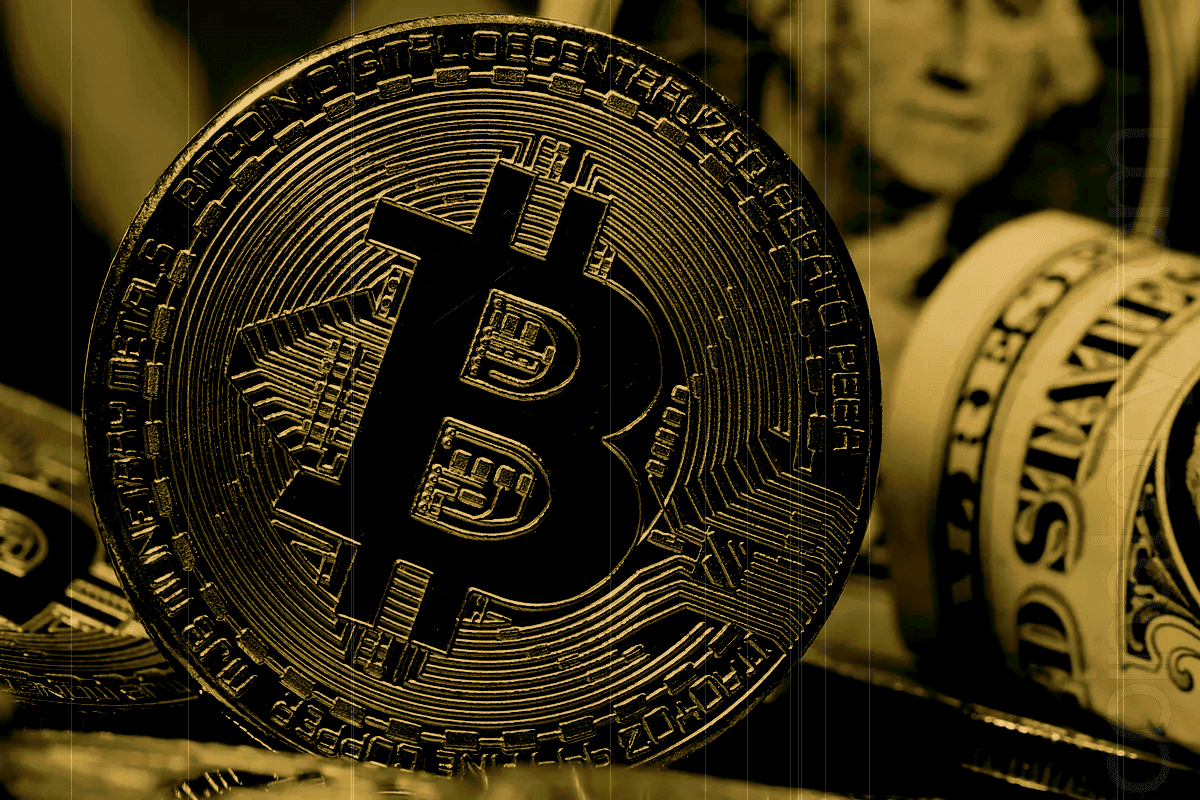
In the second quarter of 2025, Tether International reported a net profit of $4.9 billion, marking a 277% increase compared to the same period last year. This figure brings the company’s total profit for the first half of the year to $5.7 billion, a 9.6% rise from the $5.2 billion earned during the first six months of 2024.
Approximately $3.1 billion of this half-year profit stemmed from recurring operating income, with an additional $2.6 billion generated through mark-to-market gains on Bitcoin and gold holdings. These results underscore Tether’s increasingly sophisticated asset management strategy amid the mainstreaming of stablecoins.
The USD₮ (USDT), Tether’s flagship stablecoin, witnessed substantial growth over the quarter. Circulating supply expanded by over $13.4 billion in Q2 alone, pushing total issuance beyond $157 billion—a $20 billion increase year-to-date. As of the end of July, USDT accounted for 61.7% of the global stablecoin market, supported by a market capitalization of $164.5 billion.
Tether’s balance sheet reflected total assets of $162.6 billion as of June 30, with liabilities amounting to $157.1 billion. These liabilities primarily relate to issued tokens. The $5.5 billion in excess reserves provide a notable buffer, reinforcing the firm’s financial stability.
One of the most striking developments of the quarter was Tether’s deepening investment in U.S. government debt. The firm expanded its exposure to U.S. Treasurys to $127 billion, surpassing several sovereign holders such as South Korea and Germany. This total includes $105.5 billion held directly and $21.3 billion managed through indirect vehicles such as money market funds, further positioning Tether as one of the largest non-state holders of U.S. Treasurys.
Tether’s CEO, Paolo Ardoino, described the quarter as evidence of growing demand for digital dollars, emphasizing the firm’s commitment to shaping the market rather than merely responding to it.
Beyond core operations, Tether is aggressively reinvesting its surplus capital. Approximately $4 billion has been allocated to U.S.-based ventures, including projects like XXI Capital, the video platform Rumble, and the company’s own digital wallet infrastructure. These moves are designed to integrate fiat and blockchain technology more seamlessly, particularly in light of emerging U.S. regulatory frameworks.
The regulatory landscape took a decisive turn in July with the signing of the GENIUS Act, the first legislation in the United States to establish a regulatory foundation for stablecoin issuance. The Act is widely seen as a significant step toward legitimizing digital dollar instruments and is expected to foster domestic growth in the sector.
Meanwhile, competitors have been active on parallel fronts. Circle, the U.S.-based issuer of USDC, went public in June, with shares debuting at $31 and quickly surging to $186.83. PayPal has introduced a 3.7% yield on its stablecoin offering, aiming to attract yield-focused users. World Liberty Financial, a crypto initiative linked to former President Donald Trump, launched its own stablecoin and invested $10 million into Falcon Finance to develop supporting blockchain infrastructure.
In Europe, financial institutions are also entering the fray. Deutsche Bank, Galaxy, and Flow Traders introduced a euro-backed stablecoin on the Ethereum blockchain. European Central Bank adviser Jürgen Schaaf has publicly warned that without a cohesive regulatory strategy, the region risks ceding digital currency dominance to the U.S. dollar.







